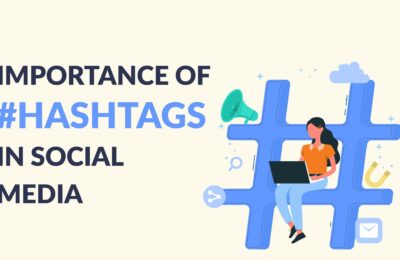Ethical hacking to malicious cyber activities In the intricate landscape of cybersecurity, the term "hacking" has…
What are the largest differences between Waterfall and Agile?
In the ever-evolving landscape of software development, two dominant methodologies have emerged as contenders for managing project lifecycles: the traditional Waterfall methodology and the more modern Agile methodology. Both approaches aim to guide development teams toward successful project completion, but they do so in markedly different ways. This article delves into the largest differences between Waterfall and Agile methodologies, exploring their principles, processes, advantages, and limitations.
Waterfall Methodology: A Linear Journey
The Waterfall methodology is a linear and sequential approach to software development. It derives its name from the cascading nature of its phases, where each phase flows into the next like a waterfall. The process typically follows these stages:
Maintenance: Post-deployment, ongoing maintenance, and support are provided to address any issues or changes that may arise.
Agile Methodology: Embracing Change and Collaboration
Agile methodology, in contrast to Waterfall, is characterized by flexibility, iterative cycles, and a strong emphasis on collaboration. It was born out of the need to adapt to rapidly changing market demands. The Agile approach consists of the following key principles:
Iterative Development: Agile projects are divided into smaller iterations or sprints. Each sprint typically lasts for a few weeks and results in a potentially shippable product increment.
Adaptive Planning: Unlike Waterfall’s rigid planning, Agile plans are not set in stone. They are adjusted based on continuous feedback and changing requirements.
Collaborative Approach: Agile values close collaboration among team members and stakeholders throughout the project’s lifecycle. Regular meetings such as daily stand-ups and sprint reviews foster communication.
Customer-Centricity: The Agile approach places the customer at the center of the development process. Feedback from customers and end-users is incorporated into each iteration.
Embracing Change: Agile welcomes changes to requirements even late in the development process. This allows projects to pivot and adapt to evolving needs.
Continuous Improvement: Teams engage in regular retrospectives to reflect on their processes and identify areas for improvement.
Key Differences Between Waterfall and Agile
Flexibility vs. Rigidity: The most significant contrast between the two methodologies lies in their flexibility. Agile embraces change and thrives in dynamic environments, while Waterfall is less adaptable and struggles with changes after the initial planning phase.
Customer Involvement: Agile methodology encourages continuous customer engagement through frequent reviews and feedback loops. Waterfall, on the other hand, involves customers primarily during the requirements gathering phase.
Risk Management: Waterfall places risk management primarily at the beginning of the project, whereas Agile incorporates risk assessment and mitigation throughout the entire development process.
Documentation: Waterfall heavily relies on comprehensive upfront documentation, which can lead to delays in development. Agile focuses on delivering working software and values minimal documentation.
Time-to-Market: Agile’s iterative approach often results in shorter development cycles and faster time-to-market, allowing products to reach customers sooner. Waterfall’s sequential nature can lead to longer development timelines.
Advantages and Limitations
Waterfall:
- Advantages:
- Clear project scope and defined phases make it suitable for projects with well-understood requirements.
- Well-documented processes facilitate knowledge transfer between teams.
- Progress is easily measurable at each phase.
- Limitations:
- Limited adaptability to changes can result in projects being obsolete by the time they are completed.
- Late-stage changes can lead to scope creep and delays.
- Limited customer involvement might result in products that do not meet actual user needs.
Agile:
- Advantages:
- High flexibility and adaptability enable projects to respond effectively to changing requirements.
- Continuous customer feedback results in products that align closely with user needs.
- Early and frequent releases provide a competitive edge and quicker ROI.
- Limitations:
- Lack of comprehensive documentation might lead to knowledge gaps.
- Continuous change and short iterations can be challenging for certain stakeholders to manage.
- May not be suitable for projects with highly regulated industries and strict compliance requirements.
Conclusion
The chasm between the Waterfall and Agile methodologies is not merely one of process but also of philosophy. Waterfall, with its structured approach, finds its niche in projects with well-defined requirements and limited changes. Meanwhile, Agile’s dynamic nature lends itself to environments where change is constant and customer feedback is invaluable. The choice between the two methodologies ultimately hinges on the project’s context, team dynamics, and the degree of flexibility required. As software development continues to evolve, so too will the methodologies that guide its journey.
More info: waterfall vs agile
Author bio:
Hello, I am a professional SEO Expert & Write for us technology blog and submit a guest posts on different platforms- we provides a good opportunity for content writers to submit guest posts on our website. We frequently highlight and tend to showcase guests.





This Post Has 0 Comments